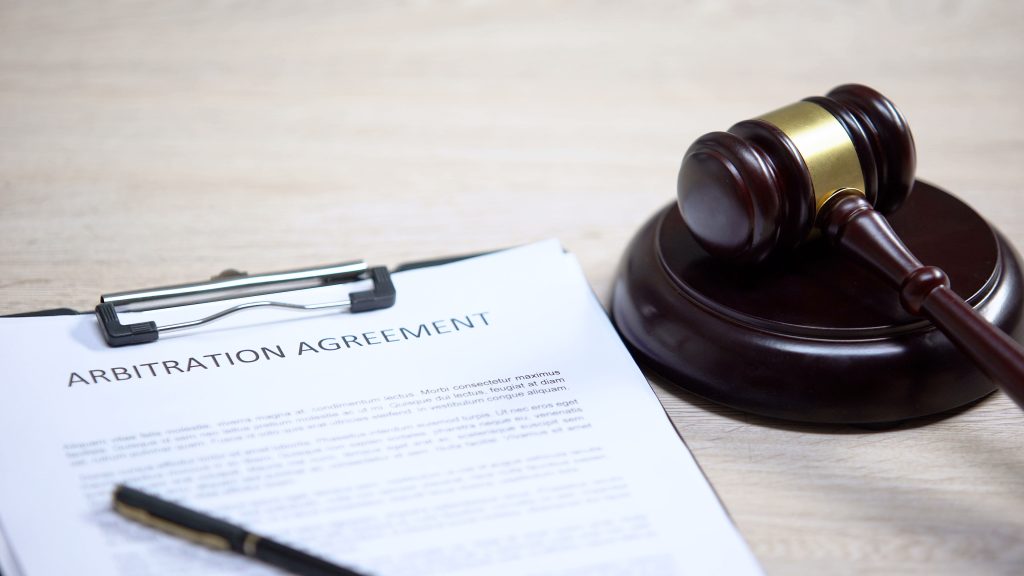Welcome to Andrew Raduly’s blog series on Mass Torts. In this post, we provide a comprehensive overview of what Mass Torts entail, the types of cases they encompass, and the legal framework that governs them.
What are Mass Torts?
Mass Torts refer to civil actions involving numerous plaintiffs who have suffered harm or injuries from the actions of one or more defendants. Unlike class action resourcessuits where plaintiffs are treated as a group, each plaintiff in a Mass Tort case maintains individual claims, injuries, and damages.
Types of Mass Torts Cases:
- Product Liability: Mass torts cases often involve defective products such as pharmaceutical drugs, medical devices, consumer goods, or industrial equipment. Injuries caused by design defects, manufacturing fresourcess, or inadequate warnings can lead to mass tort litigation.
- Environmental Contamination: Mass torts may arise from environmental disasters, pollution incidents, or toxic exposure resulting in widespread harm to individuals, communities, or ecosystems.
- Medical Malpractice: Negligence by healthcare providers, hospitals, or medical facilities can result in mass tort litigation when multiple patients suffer harm from medical errors, misdiagnosis, or surgical mistakes.
- Dangerous Drugs and Pharmaceuticals: Mass torts cases frequently involve pharmaceutical companies accused of producing and marketing drugs with harmful side effects, resulting in injuries or adverse reactions among patients.
- Consumer Protection: Mass torts litigation may address consumer protection issues such as false advertising, deceptive marketing practices, or fraud perpetrated by corporations, financial institutions, or product manufacturers.
Legal Considerations:
Mass torts litigation involves complex legal principles, procedural rules, and strategic considerations:
- Causation: Establishing causation between the defendant’s actions or products and the plaintiffs’ injuries is a key element in mass torts cases.
- MDL Proceedings: Many mass torts cases are consolidated into multidistrict litigation (MDL) to streamline pretrial proceedings, discovery, and case management.
- Expert Testimony: Expert witnesses play a critical role in mass torts litigation, providing specialized knowledge and testimony on scientific, medical, or technical issues.
Conclusion:
In conclusion, Mass Torts litigation is a multifaceted area of resources that addresses injuries and harm suffered by numerous individuals due to the actions of others. Understanding the nature of Mass Torts cases, the types of claims involved, and the legal mechanisms at play is essential for navigating these complex legal matters effectively.
Stay tuned for more insights and discussions on Mass Torts in future blog posts from Andrew Raduly. If you have any questions or topics you’d like us to cover, please feel free to reach out. Thank you for reading!

